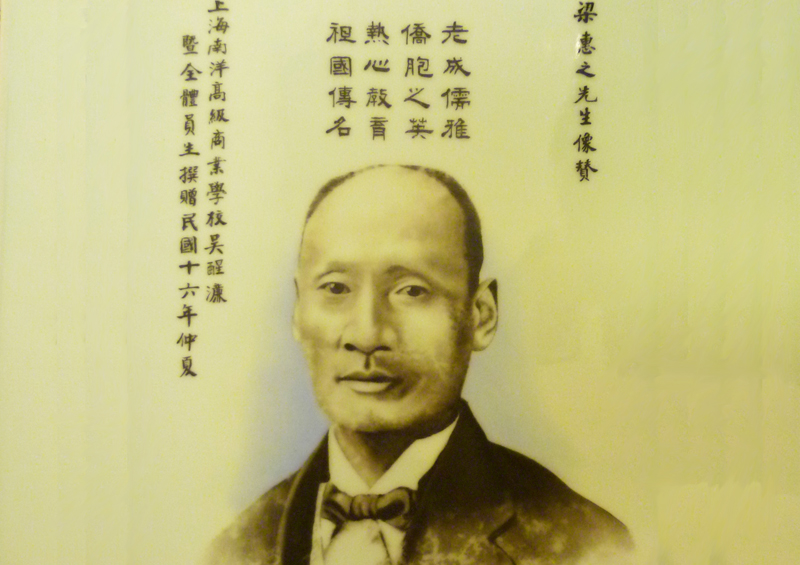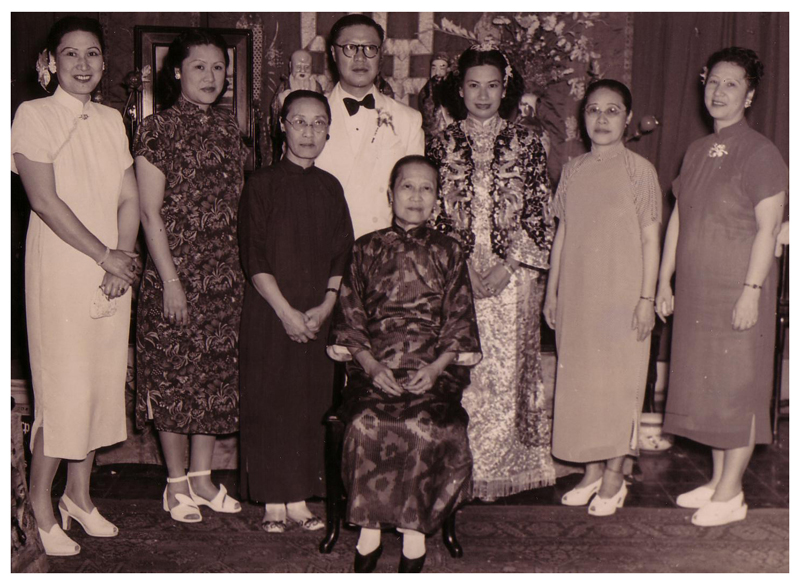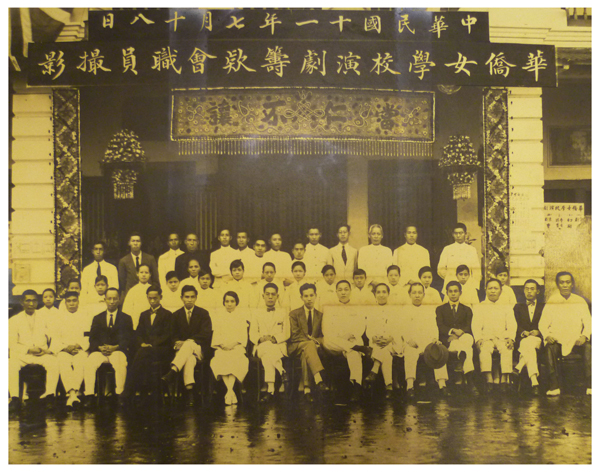| |
論文摘要:
1. Demographic Drift from 19 Century to 21 Century structure
Japan is continually rewriting the world record for social aging. As a consequence, the Japanese people are inevitably formulating novel models of society as they take each and every action. Which means, all of the 120 million Japanese citizens are researchers. As the world’s only super-aged society, Japan has straying into an unexplored wilderness, without any precedent models to learn from.
Until around 1970, those under age 50 constituted a majority of the demographic composition, as had been since the 19th century, and the above-mentioned second trimester in life dominates the society. The 19th century demography, which contained people under 50 as the majority lasted until around 1970 and even possibly until around 1990. A totally different demographic composition will be seen from around 2040, reaching a steadier nirvana after 2060. This will be the advent of the unprecedented 21st-century society in which people over age 50 – the post-reproductive individuals – account for two thirds of the population. It may as well be that our confusion based on 19th-century perceptions is a consequence of being in the midst of the great transition, a great demographic drift from the 19th-century to the 21st-century demography. Now is the time to observe the current state from the 21st-century worldview that is based on its upcoming demographic structure, and to initiate preparation for a new society by backcasting.
2. Modern Society is ending to shift in different dimensions simultaneously
At the individual level, as vast majority persists over 50, the ‘third trimester’ of life, the period after retirement and siblings’ independence, will bear more significance compared to the ‘first trimester’ leading up to employment and the ‘second trimester’ during which they participate in labor force while they raise their children. In fact, in ten years’ time, it is expected that ‘post-reproductive’ people, who in the strict Darwinian sense do not have any preservative role, will constitute the majority of the population. It duly follows that the objectives and meaning of life will undergo significant change.
At the family level, nuclear family will be replaced by solitary family as a typical form of familyhood. The number of elderly and disabled women living on their own will see rapid growth. The view of marriage will undergo in response to relevant changes, as we shall see more people experiencing ‘prolonged spring’ before getting married (as parasite singles), and the society at large will in turn be a nursing home en masse, where individuals are rendered to face the society directly by her/himself.
As for the economy, the number of workforce at or below the age of 65 will see significant decrease, resulting in more demand for activities by the elderly, and hence changes in models of labor. The industry will structurally shift to tertiary industries that sell joy and enrichment. As natural resources become increasingly depleted and wastes pile up, there will need to be new industrial revolutions revising the modern capitalist system.
And healthcare would shift from acute curative care, aimed at single diseases and conducted in hospital settings, to continuous supportive care encompassing multiple chronic diseases incorporating both medical and welfare means, conducted in community settings.
3. Asia is getting old together and experimenting together for human history
Asia is currently showing the highest growth in population and economy, in particular, the productive industry in the world by the development of the Asian international industrial network. Asia is facing the rapid aging, which also leads the world. Many East Asian countries will join the demographic structure of 21st Century by 2060. More rapid than Japan. The consequence may be the collapse of the traditional society.
A network for research is essential so that Asian countries can experiment jointly and learn mutually as to how Asia can overcome aging as well as networking for industries.
|
.jpg)







